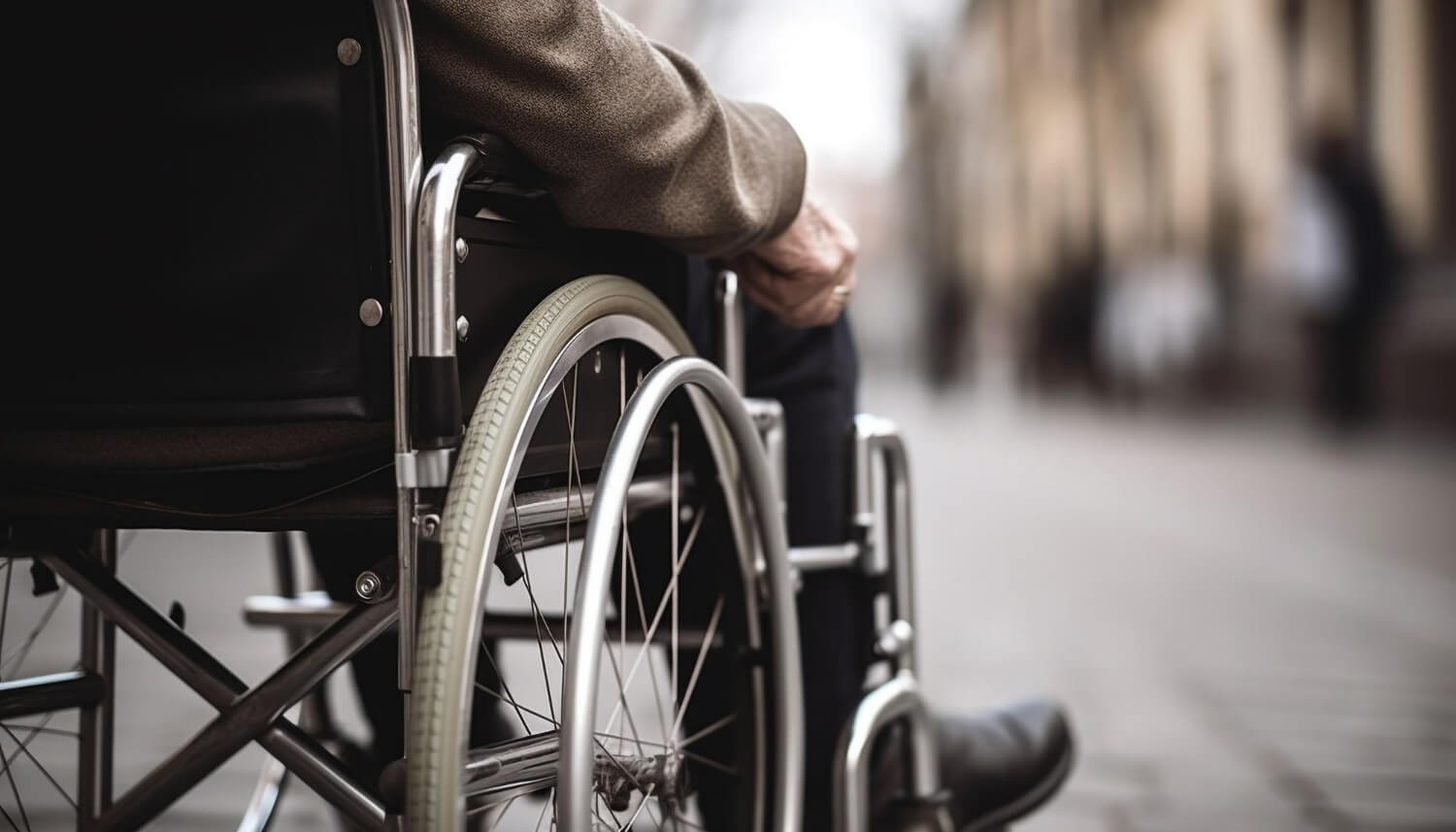Phone: 800-414-2358
Fax: 718-946-6727
- Bathroom Aids
- Respiratory Care
- Disability Accessories
- Walking Aids
- Wheelchairs
- Patient Room
- Bariatric Items
Phone: 800-414-2358
Fax: 718-946-6727

Road Bumps Faced by Wheelchair Users Everywhere
- by
- Steve Zeltser
- -
- November 04, 2018
- -
With a growing awareness of the need for wheelchair accessibility around the world, the topic is gaining more attention daily. One of the most frequently discussed items is accessibility to streets and public venues.
Statistics on the Subject
Let’s take a closer look at how frustrating public bumps and boundaries can be for the special needs community:
- about 30 percent of wheelchair users experience obstacles while using public transportation or while attempting to enter a public building
- around 20 percent of those surveyed encounter a barrier at least once daily
- a quarter of those surveyed claim to have found a way to work around daily accessibility issues
- over 70 percent of the interviewees have a stairway leading into their homes
- half of the people interviewed who use a wheelchair cannot afford to make their own home accessible.
A Small Step for Government – A Huge Step for Mankind
After the polio epidemic of the 1950s, the US government took the first big steps toward making every public venue accessible for people with crutches, wheelchairs and braces. Today, the rights of the disabled do not require an epidemic to be recognized, but there remain certain obstacles that still need to be remedied:
- narrow pathways and corridors in public buildings
- public restroom access
- blocked or obstructed wheelchair ramps
- poorly maintained sidewalks with cracks and uneven sections
The purpose of the Americans with Disabilities Act (ADA) of 1990 was to make sure people with special needs and disabilities are accommodated and given equal access to public spaces. Sadly, according to a 2017 survey of people with disabilities and their family members, many of the regulations have been disregarded or retracted. However, the majority of the law’s requirements remain intact.
The Final Say
People whose mobility depends on a rollator, walker, wheelchair or scooter experience daily challenges in even the most simple things, like getting in and out of the house, going to the grocery store, or going to the doctor’s office for a checkup. In addition to having to face their own health complications, they are forced to deal with with public accessibility issues.
People who live with a disability are often homebound much of the time because their building has not been modified to accommodate their needs. Disabled people who rent their homes are often prohibited by their landlord from making structural changes, even if the law mandates that the building be made wheelchair accessible.
All too often, people who have already been deprived of their health are forced to fight for their rights to have safe and accessible housing, and access to public spaces.

Fast Delivery

Special Discount

Secure Checkout





